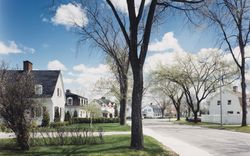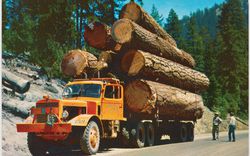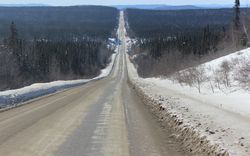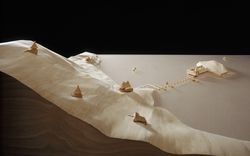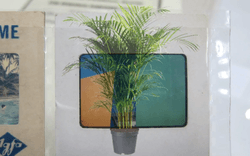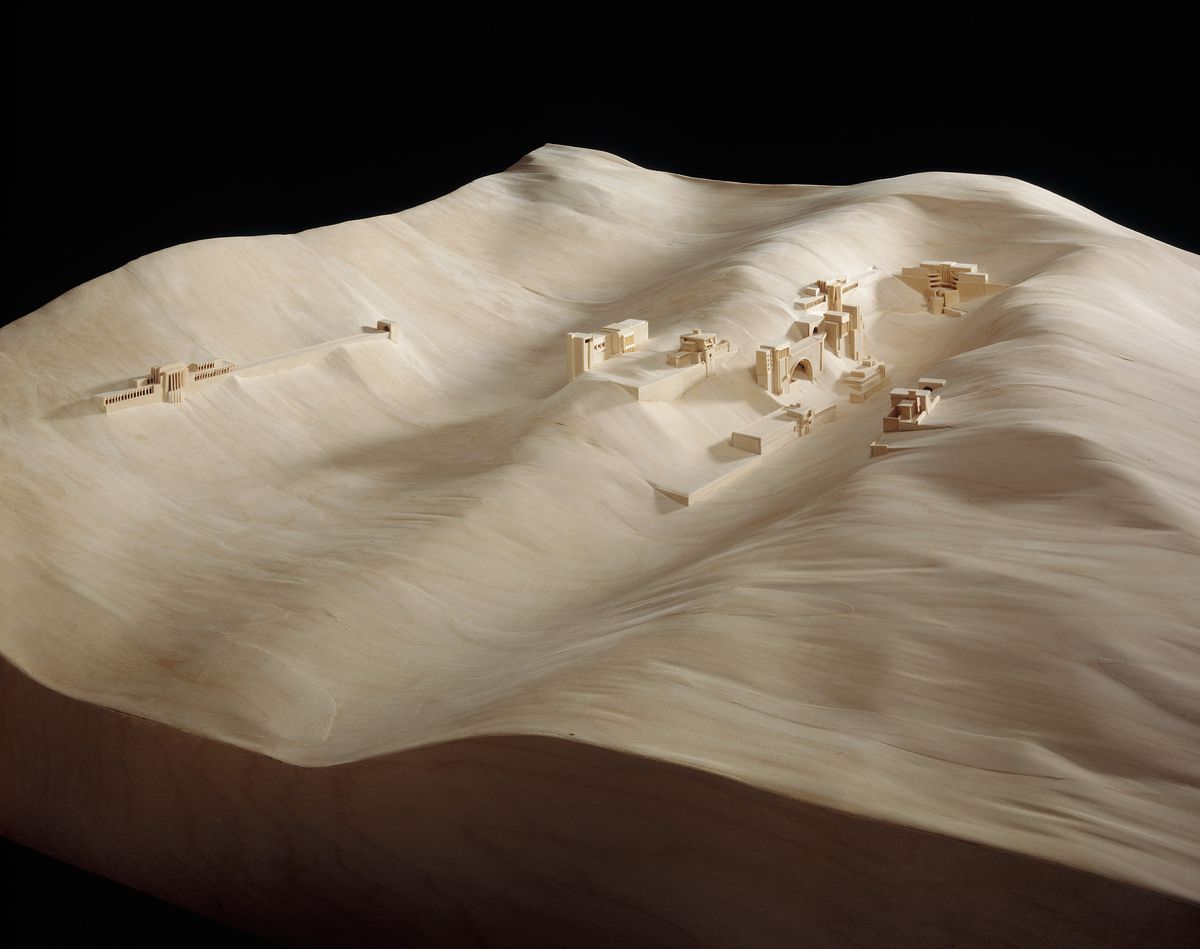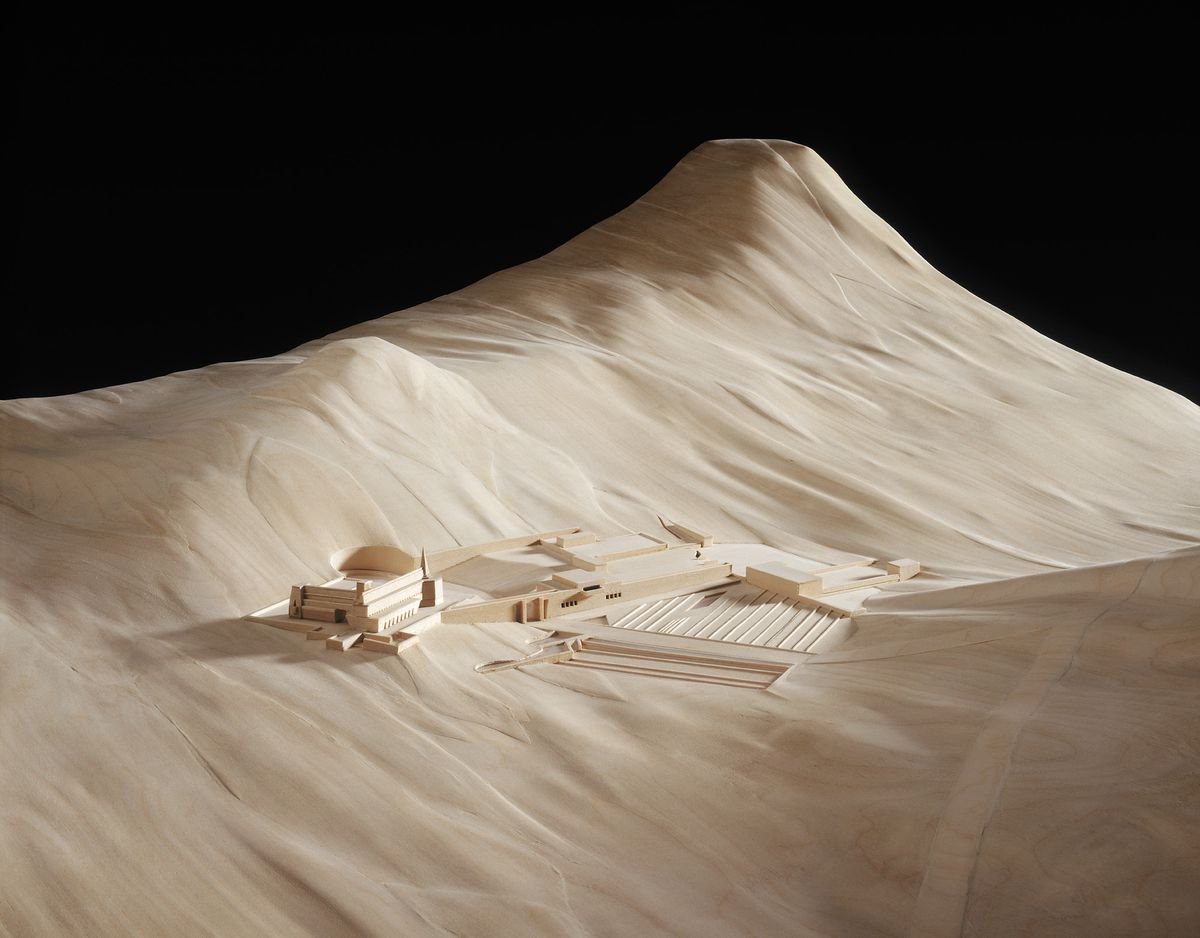Put man into possession of his own Earth
Models by George Ranalli
“Architecture is the triumph of human imagination over materials, methods, and men, to put man into possession of his own Earth.”
— Frank Lloyd Wright, 1930
A revolutionary approach to the relationship between building and landscape, which shaped them together according to peculiarly American ideals can be found in five unbuilt, visionary projects of Frank Lloyd Wright from 1922 to 1932 that imagined a new American landscape, integrating terrain, architecture, and the automobile on a vast scale. Architect George Ranalli reconstructed analytic models of each project showing how it might have looked in its site.
“Wright came to shape the land as a parent shapes a child,” writes David G. De Long, “not to suppress inherent qualities, but to reveal and enhance them.” Wright sought out the underlying structure in a landscape, discovering and enhancing its geometric elements. His buildings would not only echo the landscape but also shape and unify it. The first of the projects, conceived in 1923, was a speculative scheme for a suburban development to be built on the Doheny Ranch, a long, narrow parcel of open land that lay at the base of the Santa Monica Mountains, in what is today Beverly Hills. During the summer of 1923, Wright embarked upon a second speculative venture, this one for a summer resort colony on Emerald Bay at Lake Tahoe, California. The third of Wright’s projects, designed between 1923 and 1924, was a residential compound for insurance tycoon A.M. Johnson, to be built along Grapevine Canyon, overlooking the northern end of Death Valley. The Gordon Strong Automobile Objective (1925), designed for Sugarloaf Mountain in Maryland, took both its purpose and its shape from the movement of the automobile through the landscape. Of the five projects in the exhibition, the one that came closest to being realized was San-Marcos-in-the- Desert (1928-29), a resort hotel in Chandler, Arizona. The hotel was to have been a luxury resort owned by Alexander J. Chandler.
George Ranalli’s models were exhibited as part of Frank Lloyd Wright: Designs for an American Landscape, 1922-1932, curated by David G. De Long.


